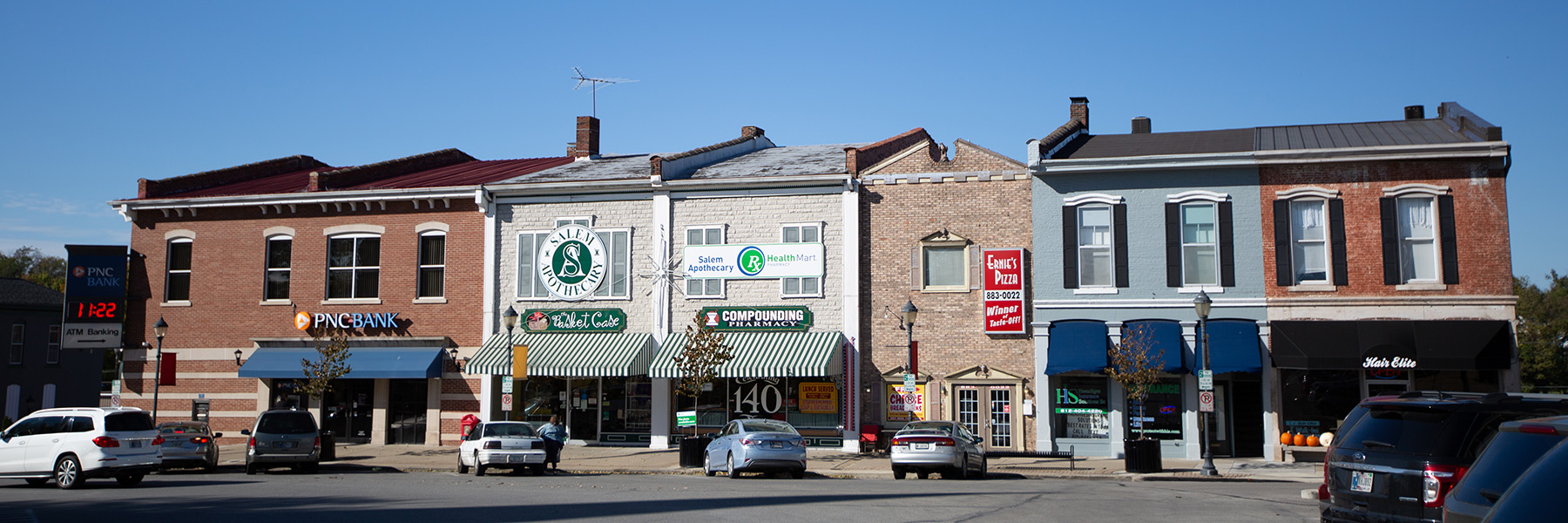What is community-engaged teaching, and why does it matter?
Download print version
For decades, college campuses have launched and grown service-learning and community-engaged teaching programs in an effort to bridge the town-gown divide and prepare students for careers after graduation. While these university-community projects undoubtedly benefit students1 in linking their coursework with practice, how can we ensure that substantial benefits are also delivered to the community?
After coordinating more than 50 engaged learning courses over four years as part of the Center for Rural Engagement’s Sustaining Hoosier Communities (SHC) program, I believe we have some insights into this question.
SHC puts the primary focus on the community first. We build partnerships with diverse community representatives of all ages and at all stages of life—high school students, elected officials, retirees, educators, health and mental health practitioners, business owners, and concerned citizens. And we give these residents a chance to share their concerns, hopes, and dreams for their community.
We engage in an Asset-Based Community Development process where we ask community members to share their strengths, talents, and abilities on which we can build. Along with our community-based volunteer coordinators, we develop an Appreciative Inquiry question—a question that focuses on a positive future—to frame our partnership. This framing question asks community members to develop ideas for student work that builds on existing strengths and fulfills an aspirational vision for the community.




